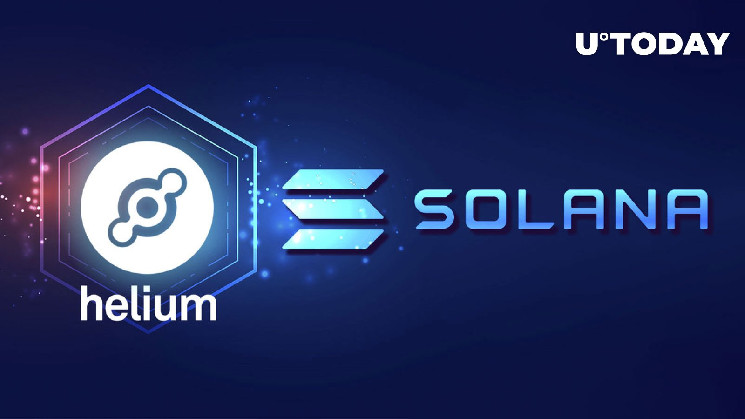Web3.0 protocol Helium Network (HNT) has announced its successful migration to the Solana (SOL) blockchain. The announcement was shared via the protocol's official Twitter account and highlights the strong desire to switch to a relatively more scalable outfit to help achieve its overall end goal.
Helium is branded as a decentralized blockchain-powered network for Internet of Things (IoT) devices. Helium's migration to Solana was planned for several months with collaborations from both the Helium and Solana teams, respectively.
"Helium's core developers are thrilled to announce the completion of the upgrade from the Helium blockchain to Solana. This upgrade establishes a new era of scalability, expansion, and reliability for the world’s largest decentralized wireless network," the announcement reads.
The Helium Network migration to @solana is complete! 🎉 🎈
— Helium🎈 (@helium) April 19, 2023
This is an incredible milestone for the global Helium community and ushers in a new era for a highly scalable and resilient Helium Network along with a new world of utility on Solana.https://t.co/Ip8bVmKeLJ pic.twitter.com/SR5eMbchsS
According to the Helium protocol, migration to Solana will offer additional utilities for the ecosystem, and this will be embodied by faster transaction times and lower costs. As one of the top Ethereum killers around today, the smart contract functionalities of Solana will also be well harnessed by innovators within the Helium Network.
The innovation that can follow the migration of Helium to Solana knows no bounds, and both teams are ready for the next stage in each protocol's evolution.
Off to good start
According to an update on the migration from the Solana Foundation, as many as one million hotspots have been connected to the Helium Network since inception, and based on the bandwidth of the Solana ecosystem, they are bound to see additional use cases that encompass the worlds of decentralized finance (DeFi) and non-fungible tokens (NFT).
One good headstart Solana is giving Helium users is the minting of connected hotspots as NFTs, a feature that guarantees additional recordkeeping that would otherwise be highly cost prohibitive on competing blockchains.
With the migration, Helium is now part of an ecosystem of thriving innovators that can generally help it return value to its community in the long term.
 u.today
u.today
